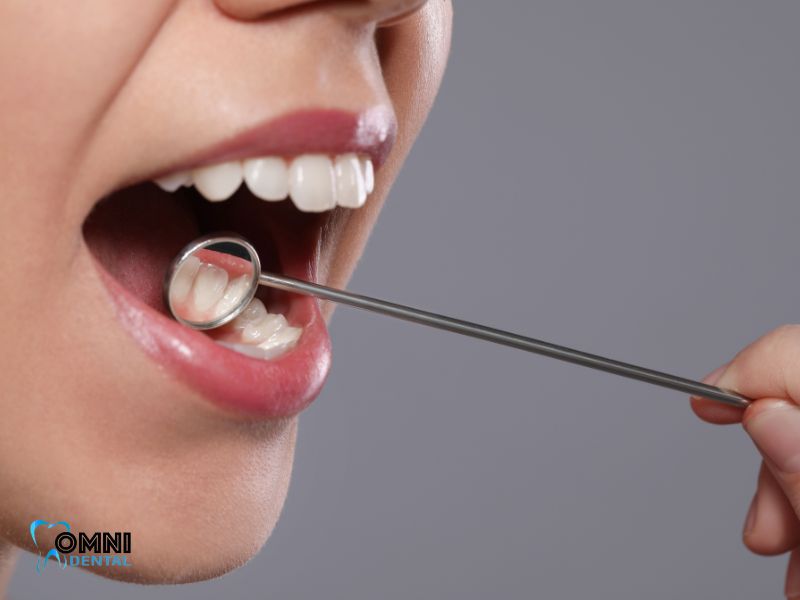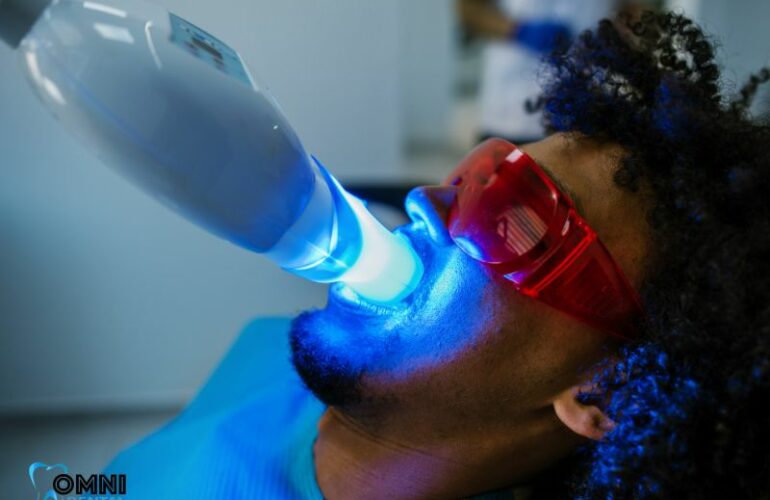Introduction to Oral Cancer
What is Oral Cancer?
Oral cancer is a type of cancer that forms in the tissues of the mouth or throat, including parts of the mouth like the lips, tongue, cheeks, roof of the mouth, floor of the mouth, and gums. It is one of the common types of cancer in the head and neck region and is primarily made up of squamous cell carcinomas. Let’s understand Understanding Oral Cancer better:
Risk Factors
Factors increasing the risk of developing cancer in the oral cavity include tobacco use, excessive alcohol consumption, sun exposure, and family history. The connection between these factors and oral cancers is a significant reason healthcare professionals stress the importance of a healthy lifestyle.
Prevention of Oral Cancer
Lifestyle Changes
By quitting smoking, reducing alcohol, eating a balanced diet, and protecting the lips from the sun, you can decrease the increased risk of developing this cancer. Regular dental check-ups are vital for early detection, leading to more effective treatments.
Symptoms of Oral Cancer
Early Signs
Early signs of oral cancer include sores that don’t heal, lumps, red or white patches on the mouth’s soft tissues, and difficulty chewing or swallowing.
These early signs should not be overlooked or dismissed as mere inconveniences, as they can indicate the onset of oral cancer. Changes may be noticed on the lips, roof of the mouth, floor of the mouth, or other parts of the oral cavity.
Even though these symptoms might resemble other common oral ailments, they can persist and gradually worsen over time. If you observe any of these signs, it is crucial to consult a healthcare provider promptly for a thorough examination. Early detection greatly improves the chances of successful treatment and can help prevent the spread of cancer to lymph nodes and other soft tissues.
Advanced Symptoms
Advanced stages may lead to weight loss, ear pain, or voice changes. The involvement of lymph nodes and other body parts may occur if the cancerous cells spread.

Diagnosis of Oral Cancer
Physical Examination
A thorough examination of the oral cavity, including the soft palate and salivary glands, can reveal abnormalities indicative of cancer.
Diagnostic Tests
A biopsy, X-rays, or MRI scans can confirm the diagnosis, identifying squamous cell carcinomas or other types of oral cancer.
These diagnostic tests are essential tools that provide detailed insights into the cancer’s location, size, and stage. A biopsy allows for examining the tissue under a microscope to identify cancerous cells, while X-rays and MRI scans give a clear image of the affected parts of the mouth, including the floor and roof. Together, these tests assist healthcare providers in forming a precise diagnosis and tailoring the most effective treatment plan for the patient’s specific type of oral cancer.
Treatment Options for Oral Cancer
Surgery
Surgery might involve removing the cancerous cells from the mouth’s floor, roof, or other parts. Surgical procedures for treating oral cancer are designed with precision, considering the specific location and stage of the cancer.
Whether it’s on the floor of the mouth, the roof, or other parts such as the cheeks or tongue, the surgeon aims to remove all cancerous cells without compromising the patient’s ability to speak, eat, or breathe. This may involve removing small portions of tissue or more extensive regions, including lymph nodes if cancer has spread.
Recovery from surgery varies depending on the extent of the operation and the patient’s overall health. Post-surgical care may include rehabilitation with speech and swallowing therapists to ensure these functions are preserved or restored. Follow-up visits with the healthcare provider are essential to monitor healing, manage any side effects, and check for any signs of cancer recurrence. In some cases, surgery might be combined with radiation therapy or chemotherapy to eradicate all cancerous cells.
Radiation Therapy
Radiation therapy, if needed, focuses on the cancerous area, including the soft tissues and lymph nodes.

Chemotherapy and Targeted Therapy
Chemotherapy attacks cancer throughout the body, while targeted therapy focuses precisely on the type of cancer cells involved.
Conclusion
Oral cancer includes various forms affecting different parts of the mouth. Awareness of prevention methods, symptoms, and treatments can empower us to fight against this disease. Understanding risk factors like tobacco use, alcohol consumption, and sun exposure can guide wise lifestyle choices.
If you’re in the Arlington Heights area and have concerns about oral cancer or need a dental check-up, don’t hesitate to reach out to Omni Dental. Our team of experienced professionals is dedicated to your oral health and well-being. Early detection and prevention are vital, so schedule your appointment with us today and take a proactive step toward a healthier smile.





